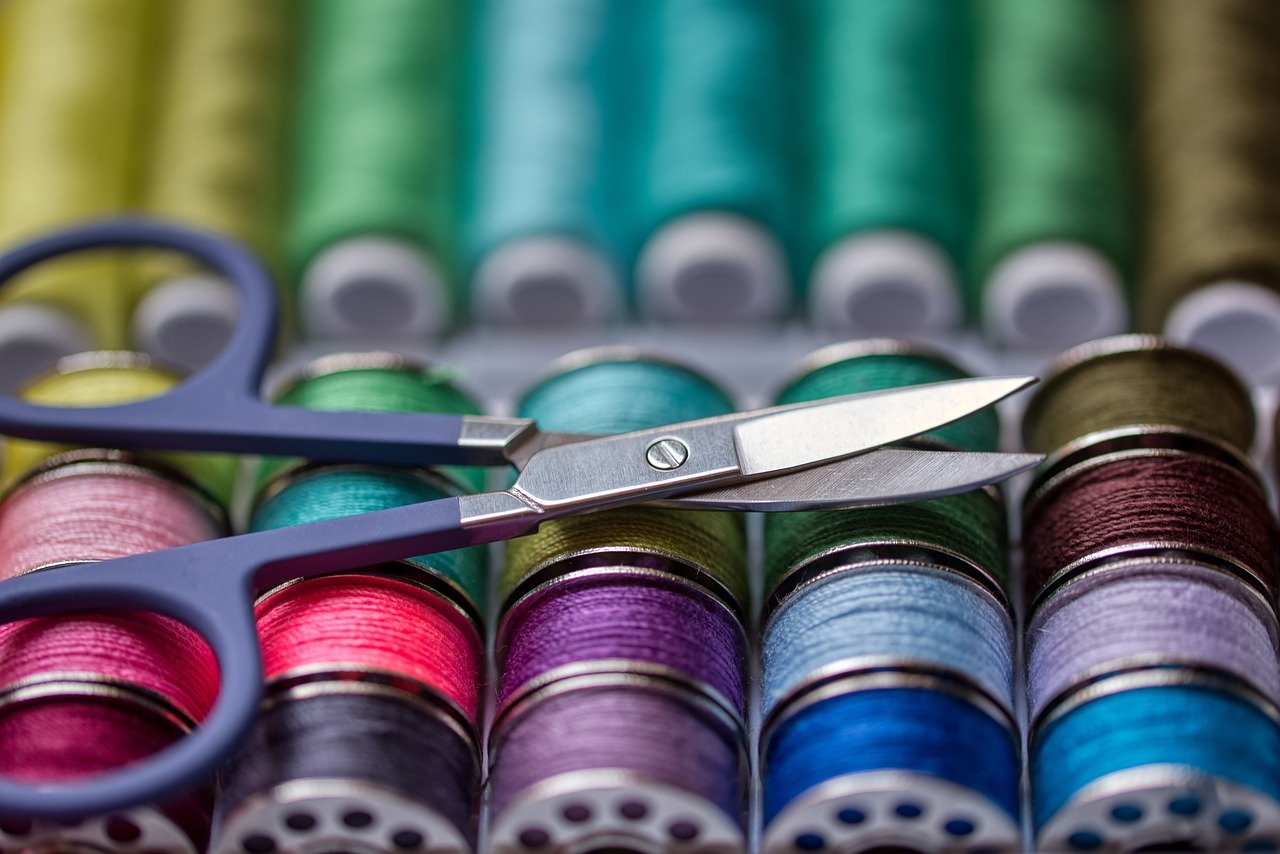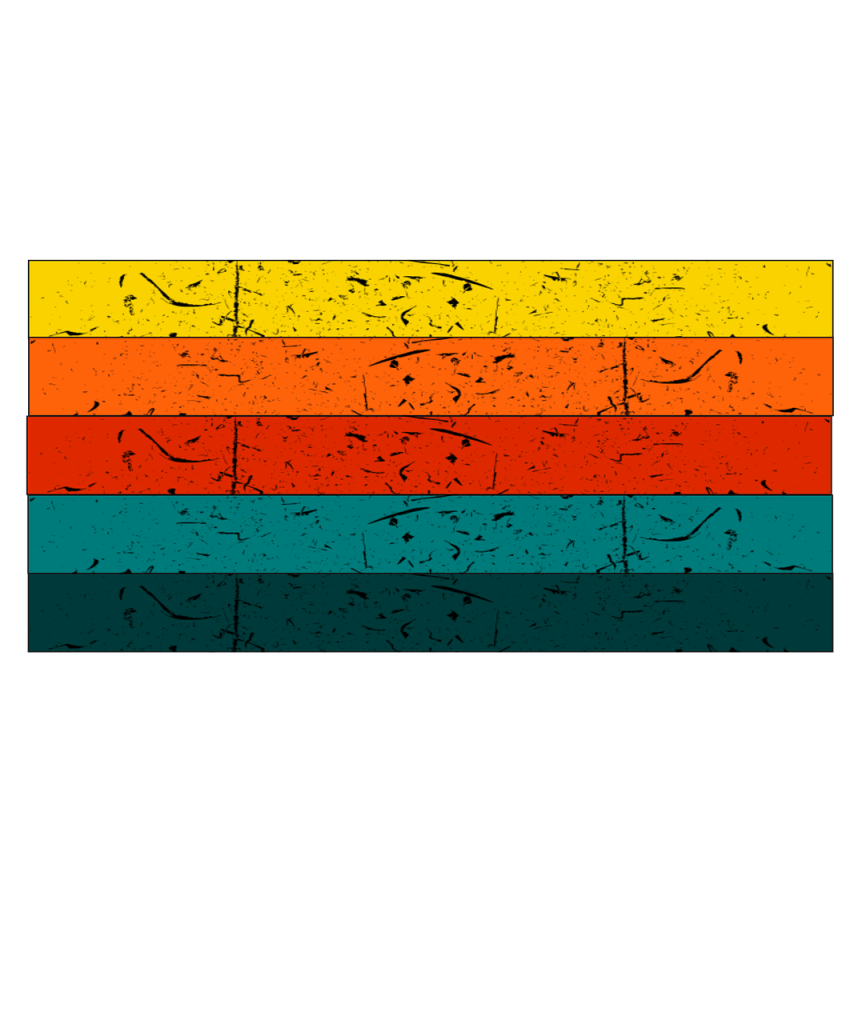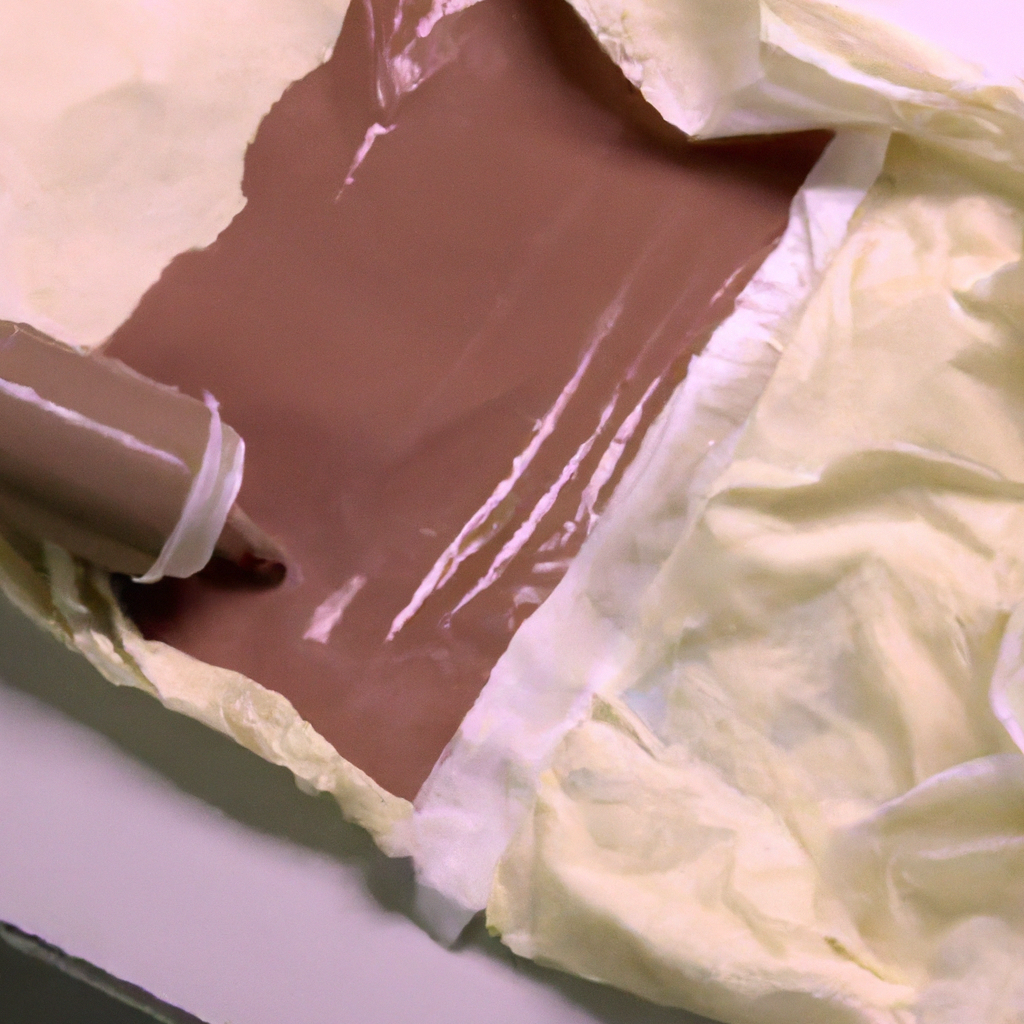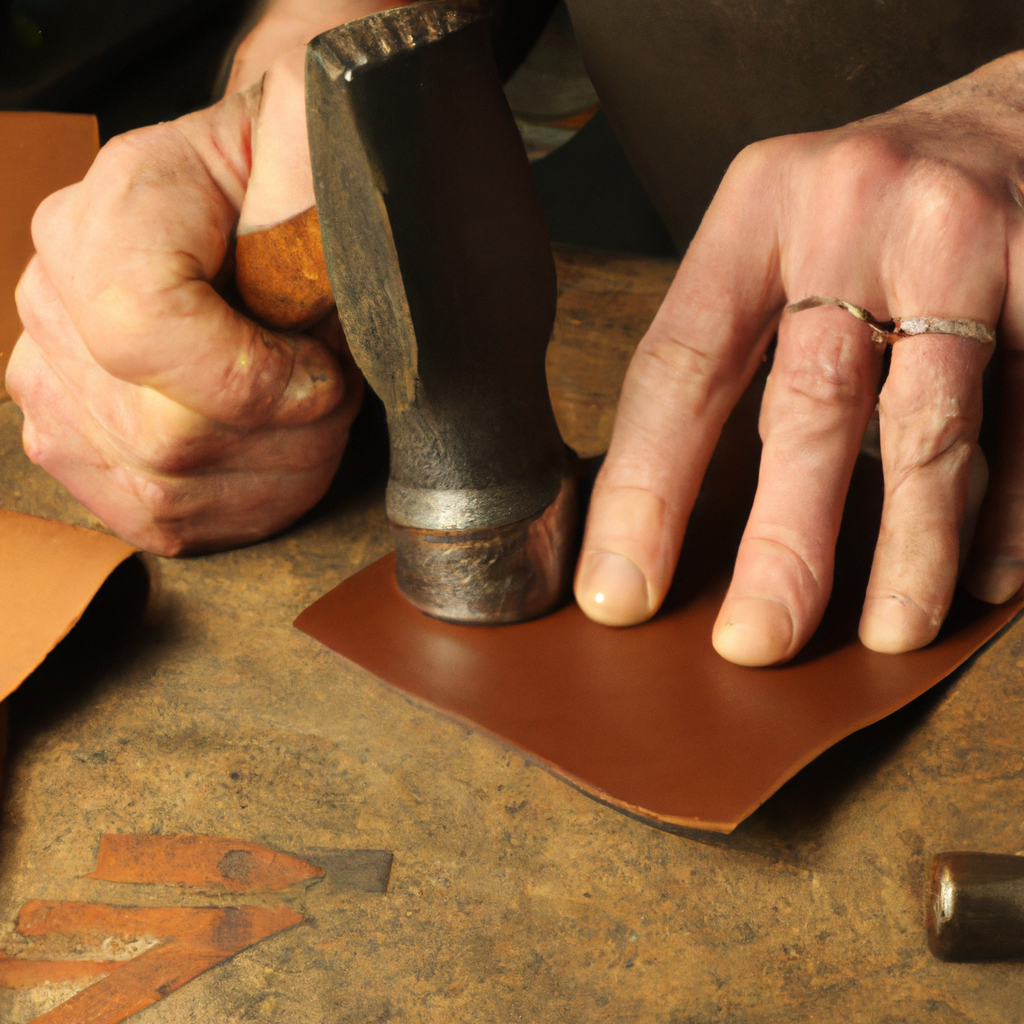If you’ve ever wondered how to achieve those perfectly clean and precise stitching lines on your leather garments, we’ve got the answer for you. With a few key techniques and a little bit of practice, you’ll be able to elevate the quality of your leatherwork to a whole new level. Whether you’re a seasoned leather crafter or just starting out, this article will guide you through the step-by-step process of attaining flawless stitching lines that will enhance the overall appearance of your leather creations. Say goodbye to uneven and messy stitches, and say hello to professional-looking, clean lines that will make your leather garments truly stand out.

Choosing the Right Needle and Thread
When it comes to achieving clean stitching lines on your leather garments, one of the first things you need to consider is choosing the right needle and thread. The type of needle and thread you use can significantly affect the final outcome of your stitching.Selecting the Needle
When choosing a needle for leatherwork, it is important to opt for one that is specifically designed for this material. Leather needles are different from regular sewing needles as they have a chisel-like point that allows them to penetrate the tough leather effortlessly. These needles are also stronger and more durable to withstand the demands of stitching leather. Furthermore, the size of the needle should be chosen based on the thickness of the leather. For thinner leathers, such as lambskin or calfskin, a smaller needle size would be more appropriate to create delicate and precise stitches. On the other hand, for thicker leathers, like cowhide or buffalo leather, a larger needle size would be necessary to sew through the material effectively.Choosing the Thread
The thread you use plays a crucial role in achieving clean stitching lines on leather garments. It is important to choose a thread that is specifically designed for use with leather, as it needs to be strong enough to withstand the strain and tension involved in sewing leather. Waxed threads are often preferred for leatherwork, as they have a coating that adds strength and durability to the thread. This coating also helps to reduce friction and tangling, making it easier to sew consistently without any interruptions. When selecting a thread color, it is essential to choose one that complements the color of your leather garment. Whether you want the stitching to blend in or stand out, taking careful consideration of the thread color will ensure that your final product looks professional and aesthetically pleasing.
Preparing the Leather
Before you begin marking and stitching your leather garment, it is crucial to properly prepare the leather to ensure the best results. Proper preparation involves softening the leather, removing any dirt or oils, and ensuring that the material is in the best possible condition for stitching.Softening the Leather
Leather can sometimes be quite stiff, especially if it has been stored for a long time or has gone through particular manufacturing processes. Before you start sewing, it is recommended to soften the leather using appropriate techniques and leather softeners. This will make it easier to mark and stitch your garment, resulting in cleaner stitching lines.Cleaning the Leather
To achieve clean stitching lines, it is essential to clean the leather thoroughly before starting the stitching process. This will remove any dirt, oils, or residues that may hinder the smoothness of your stitches. Using a leather cleaner or a mild soap solution, gently clean the surface of the leather garment. Allow it to dry completely before moving on to the next step.Conditioning the Leather
Leather, especially if it has been stored for a long time, can sometimes become dry and brittle. To ensure that your garment is in the best possible condition for stitching, it is advisable to condition the leather appropriately. Using a leather conditioner or oil, apply a thin, even layer to the surface of the leather. This will help to moisturize and restore the leather’s suppleness, making it easier to work with during the stitching process.
Marking the Stitching Lines
Once you have chosen the right needle and thread and prepared your leather garment, it is time to start marking the stitching lines. Properly marked stitching lines are essential for achieving clean and even stitches.Using a Stitching Groover
A stitching groover is a handy tool that allows you to create a groove or indentation along the stitching line. This groove helps guide the needle and thread when sewing, ensuring that your stitches are even and consistent. To use a stitching groover, simply run the tool along the desired stitching line, applying gentle pressure. Make sure to maintain a steady hand to produce a clear groove.Using a Stitching Wheel
Similar to a stitching groover, a stitching wheel can also be used to mark the stitching lines on your leather garment. This tool consists of a small, textured wheel that creates small marks or impressions in the leather. By rolling the stitching wheel along the desired stitching line, you can achieve a clear and visible guide for your stitches. It is important to choose a stitching wheel with the appropriate spacing or size to match the desired stitch length.Using a Wing Divider
Wing dividers are another useful tool for marking stitching lines on leather garments. They have adjustable legs with pointed tips that allow you to measure and mark precise distances from the edge of the leather. By setting the wing dividers to the desired distance and running them along the edge, you can create evenly spaced markings along the stitching line. These markings will serve as a guide when sewing, ensuring that your stitches are evenly spaced and consistent.Using an Overstitch Wheel
An overstitch wheel is a fantastic tool for marking decorative stitching lines on your leather garment. This tool has multiple textured wheels, spaced at regular intervals, that create a series of small perforations in the leather. By running the overstitch wheel along the desired stitching line, you can create beautiful patterns and designs. This tool is particularly useful when working on decorative stitching or adding a unique touch to your leather garments.Using a Stitching Chisel
Stitching chisels are primarily used for creating larger holes in the leather to accommodate thicker threads or to create a more prominent stitching effect. The chisel has multiple prongs or blades that simultaneously punch through the leather, creating a row of evenly spaced holes. By using a stitching chisel, you can achieve a distinctive and bold stitching line, adding interest and texture to your leather garments.
Applying Pressure and Maintaining Consistency
When stitching leather garments, it is important to apply the right amount of pressure and maintain consistency throughout the process. This will ensure that your stitches are uniform and clean.Applying Pressure
To achieve clean stitching lines, it is essential to apply consistent pressure when sewing leather. Applying too much pressure can result in distorted or uneven stitches, while applying too little pressure can cause loose or uneven stitches. Find the right balance by applying steady and even pressure with your hands as you guide the needle and thread through the leather.Maintaining Consistency
Consistency is key when it comes to clean stitching lines on leather garments. Ensure that your stitches are of the same length and tension throughout the project. This will provide a professional and polished appearance to your final product. Take your time, practice patience, and maintain a steady hand as you sew. With practice, you will develop the muscle memory required to consistently create clean stitching lines on your leather garments.
Can Saddle Stitching Leather Also Result in Clean Stitching Lines on Leather Garments?
Yes, saddle stitch leather seams can result in clean stitching lines on leather garments. This traditional hand-sewing technique involves using two needles and waxed thread to produce strong and attractive seams. Saddle stitching creates a distinct and durable stitch pattern, adding a touch of craftsmanship to leather products.








